Guide to the major standing wave pool technologies
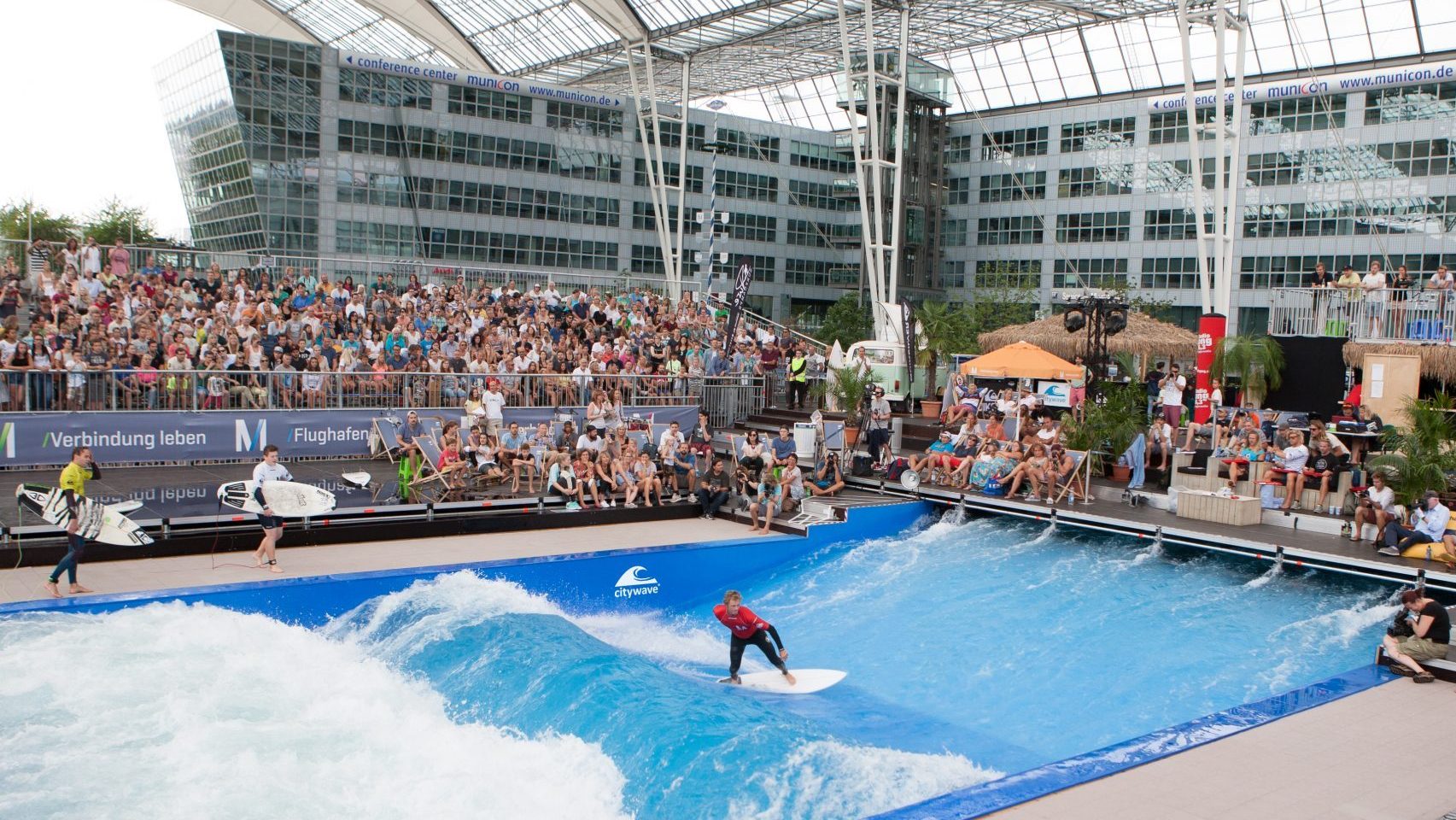
The river surfing scene is credited with launching the standing wave pool boom. Riders don’t have to paddle into standing waves, they can simply acid drop or butt-slide in from the coping. Surfers stay in the same place, never traveling away from where they dropped in. Consequently, the vibe is different, with riders cheering each other on from just a few feet away.
Standing wave pools work via a series of high-power water pumps that send fast torrents of water through jets, chutes or ramps that lead to the main pool. Here the fast-flowing water meets a submerged structure or reef. The result is a surf-able wave that can be varied in size and shape by adjusting the water speed and the wave-forming ramp (and a few other factors)
The important takeaway is that the resulting waves are “deepwater” waves, meaning regular surf equipment with full-size fins will work here. Sheet waves, like the original Flowrider, required specialised boards resembling swollen, finless skateboard decks. Deepwater standing waves allow you to use your favorite stick, so the surf-sensation is similar to a moving wave.
“Standing waves are obviously different than paddle-in waves because the water is coming at you,” said former World Tour competitor Shane Beschen. “But with CityWave (and other tech) being a deep-water standing wave, it allows for real surfboards and fins which allows you to get a similar feeling when doing big carves.”
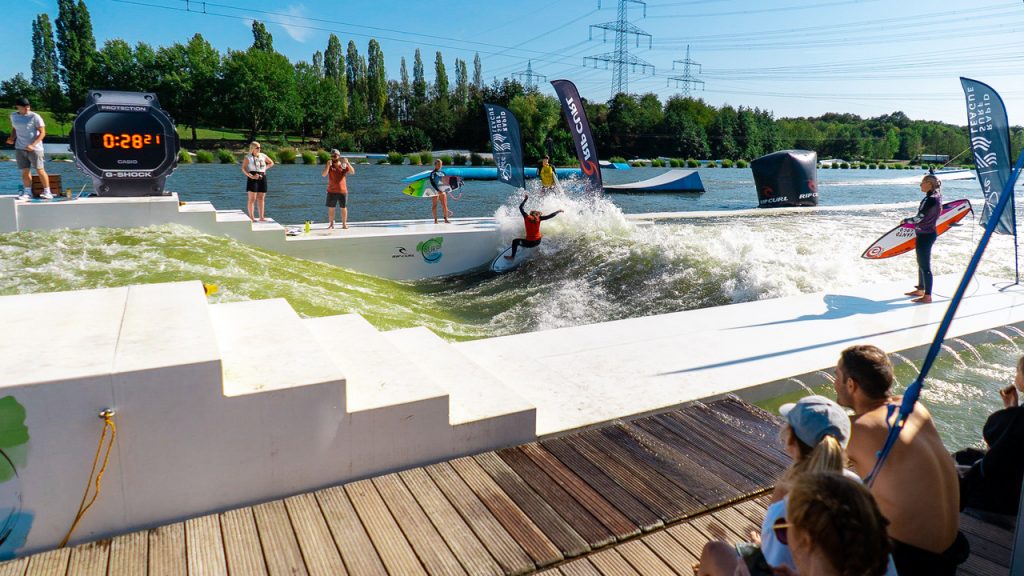
Shane also points out that the rides can last as long as your legs will physically hold out and that the time-on-board factor is huge when compared to moving waves.
Surf park builders like standing waves because they don’t require a large plot of land and an eight-figure investment. Consequently, developers with less space, like in urban areas, can spend $1-$2million on a standing wave as opposed to the $12-$25million travelling wave pool price tag.
“Another strength of this technology is that it can be realistically implemented into an indoor (or indoor/outdoor) facility to support colder weather climate and ensure 365-days of income potential,” said Skip Taylor of Surf Park Management. “Although some existing lagoon facilities have shown there is a level of demand through winter months, it is a much more challenging model to depend on hardcore surfers ready to surf in 5-degree Celsius weather.”
So who is out there right now in the standing wave pool space? There are a few key players, like CityWave, Unit and SurfStream with several smaller backyard companies like Ka’ana coming up. Let’s take a look…
Editor’s Note: Standing, Rapid and Stationary wave pools are constantly evolving. This article has been updated in October 2021 to include EpicSurf.
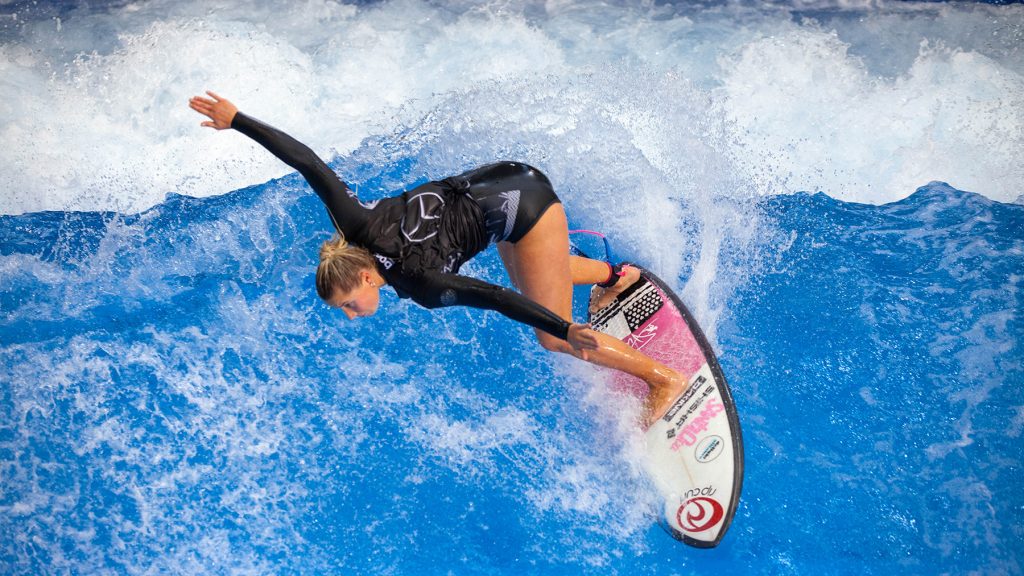
Eisbach river wave surfer Rainer Klimaschewski saw the potential of taking the wave out of the Eisbach river putting it in a pool. He launched CityWave 20 years ago.
“The wave is adjustable in water-pressure and speed to serve all different skill levels of surfers,” said Dennis Klimaschewski Head of Business Development at CityWave. “It works for everyone from absolute beginners to advanced and even pro-surfers. With its patented deep-water technology, we deliver the most authentic surf feeling and the wave serves as the perfect training tool to transfer your skills to the ocean.”
Klimaschewski adds that developers like the system because they can build revenue generators like food and beverage services up close to the action. Shane Beschen sees this positive as well.
“The benefit I see with the Citywave is how the spectators can be so close to the action, which creates a very fun and exciting environment for everyone,” added Beschen. “It also takes a fraction of the space needed for big pools which allows it to penetrate more populated markets.”
The CityWave machines run between €1 million and €2 million and are currently being installed in Osnabrück, Germany as well as in Israel and Moscow. CityWave is also working on a huge artificial wave system in Seattle, that will create a wave with a width of 16 meters (52 feet).
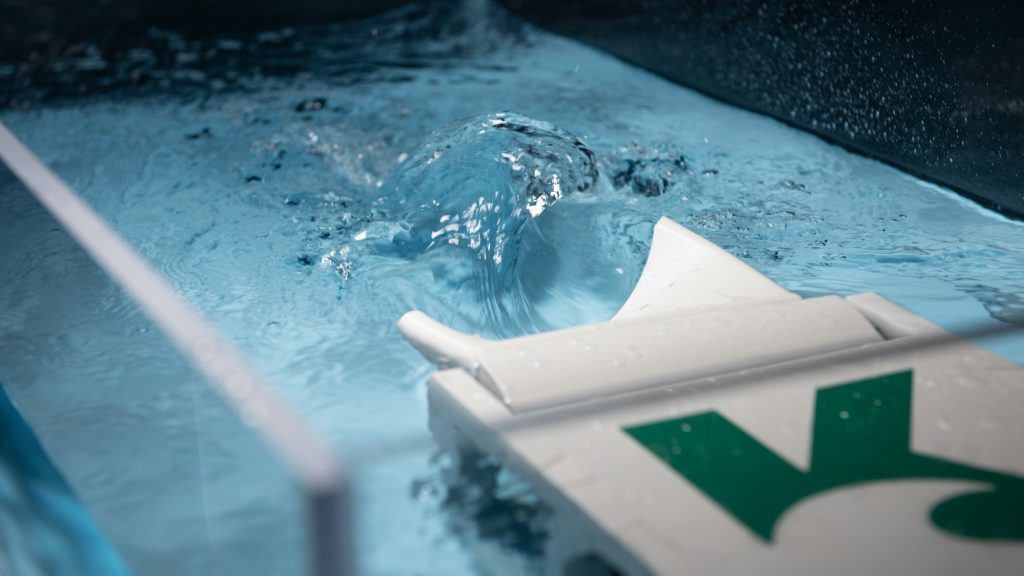
Given that there is a standing wave boom taking place, several new companies will surface soon offering new waves, of varying affordability and sizes.
“Our wave is portable,” said Andy Rogers of Ka’ana Wave Co. “It can be dropped into any body of water. During our recent demo facility, we had the pump out of the water and on a truck within 2 1/2 hours.”
To produce a wave for a surfer, the Ka’ana machine shapes a flow of water as it passes through the contours of a shaping head. With interchangeable shaping heads, and the ability the articulate the pitch of the shaping head, one machine can create a variety of waveforms and flow rates.
“We offer different wave type heads for the same machine providing several waveforms from rights and left barrels and hydraulic jump waves for example. We can also do some pretty funky waveforms that are unique and not typically found in nature.”
Aquatic Development Group has been in the water park business for several decades and in 2021 announced the launch of their new EpicSurf stationary surf wave. The system is a deep-water wave compatible with traditional surfing equipment.
EpicSurf says their system’s waves can be adjusted from between 3-to-5-feet. Jets force water over a ramp to create a standing wave. The whole thing is controlled by what the company calls their Rapid Wave Adjustability system – a remote access control system that allows the operator to tune the wave. Surfers can choose an instantly customizable wave matched to their skill level. Dual training bar options are also available for beginners to help ease them onto the wave.
EpicSurf wave surfaces start with a width of 30-feet and can expand from there in increments of 8’ depending on the specific site plan or business needs.
ADG is well known in the industry with 100 design-build projects to their credit. They are also the team responsible for the development, manufacturing, and installation of more than 125 FlowRiders across North America. They have installed various types of wave pools in more than 500+ projects around the world including resorts and water parks, as well as in aquariums, water rescue training facilities, fountains, and even motion pictures.
Bruce McFarland’s American Wave Machines company, the ones behind Waco’s favorite surf spot, also have a standing wave. The system is somewhere between a sheet wave and a deep-water standing wave. While the depth at wave zone is still sufficient to allow for standard surfing equipment, it is more shallow than some of the other standing waves.
The advantages in this system are how customisable the wave is. The ramp can be positioned in several different positions to create a right, or a left and even a little barrel.
“SurfStream has fully adjustable wave size, shape and type, as well as multiple riding modes via programmable controls,” said SurfStream, adding that the footprint can be scaled up or down to fit either indoor or outdoor surf parks.
The most famous SurfStream is in Nashu, New Hampshire where the Eastern Surfing Association holds annual competitions. The system here features a 32-foot channel that can produce standing waves up to six feet high – although we’ve yet to see photos on that scale.
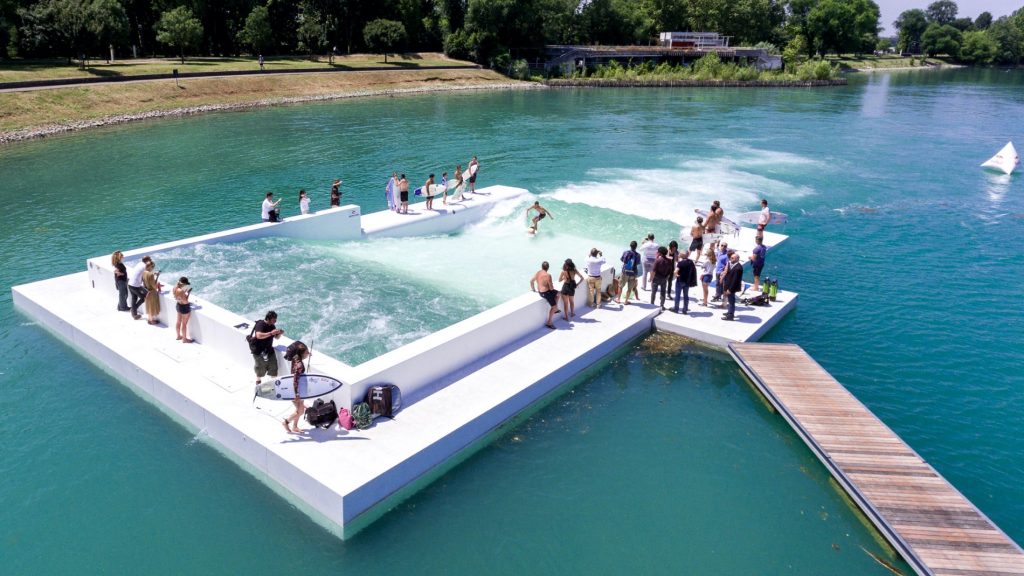
Unit Pool is the same as other deep-water standing wave technology but you don’t need to build a pool. Surf parks can drop a complete system into any body of water that is permitted for swimming. Unit’s modular design allows users to make an easily adjustable wave. Because it can be deployed in an open space, there’s a resemblance to surfing “out in the open.”
Skip Taylor says the advantages here are the build time and price point.
“You can drop their complete system into any body of water that is permitted for swimming with a build-out of weeks (rather than 10-18 months) and you have a surf park venue,” said Skip. “This is a very viable and promising technology for developers and attractions with a body of water to consider. This is the most affordable way to start a surf park and they have proven operating facilities in Europe. It also may make more sense for people with seasonality challenges.”
Unit says they also can build a floating pool, permanent built-in pool, and an above-ground temporary/permanent pool. But they say that the most popular one is the floating surf pool.
Related Coverage
